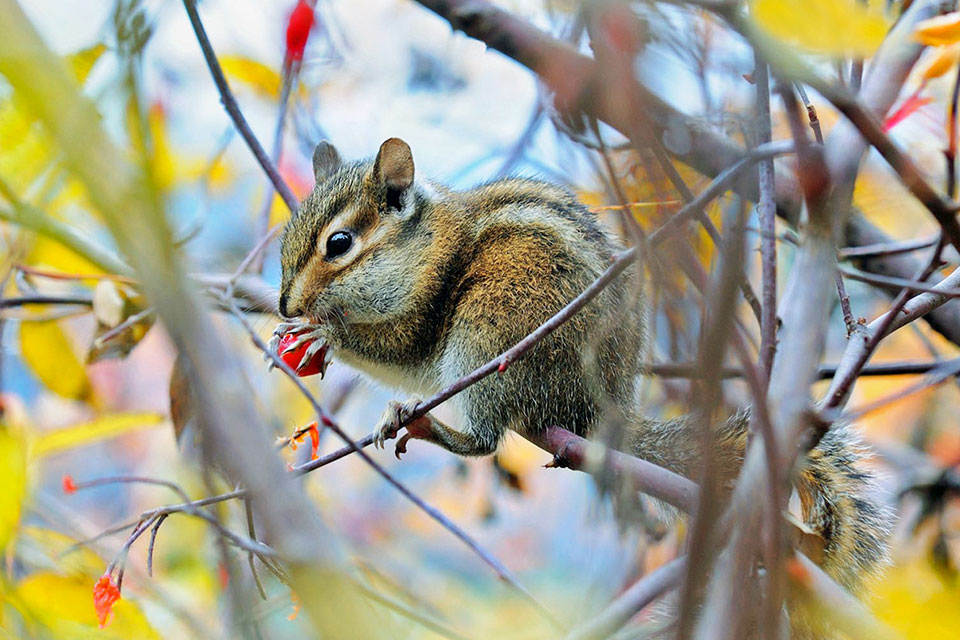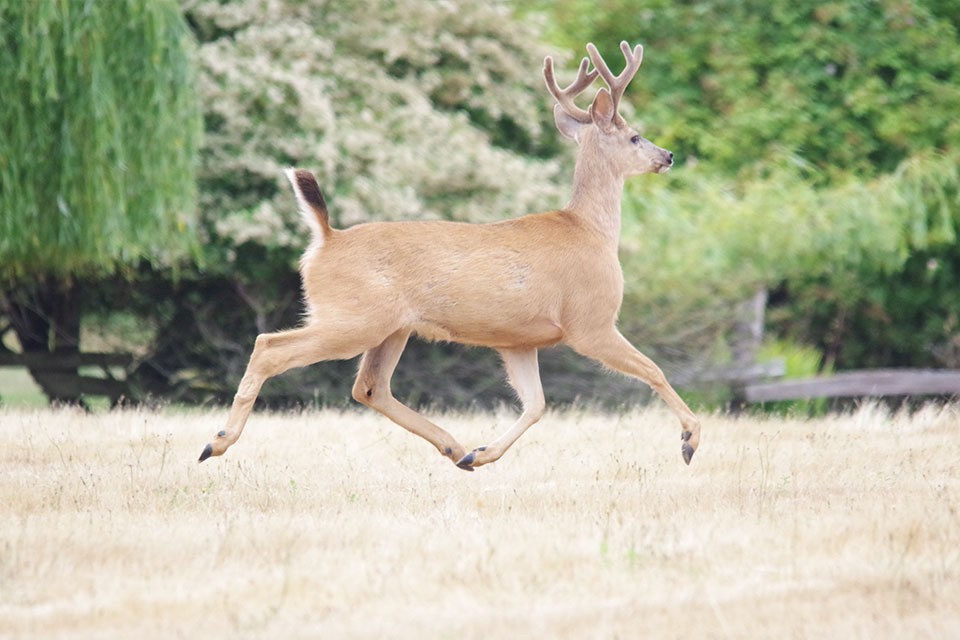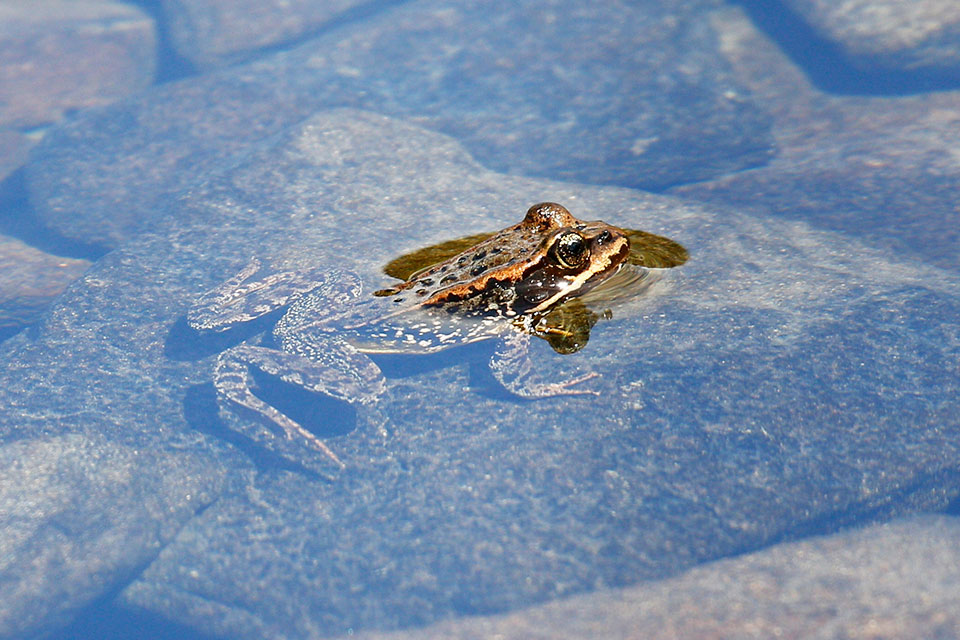Riparian Zones
Values of Riparian Zone to Wildlife
All wild animals need food, water and protection from predators and bad weather. Riparian zones, a bridge between the river and upland habitats, provide all of these.
A combination of high moisture, rich soils, and a variety of plants makes riparian zones a very rich area for wildlife. They have more habitat niches than any other plant community type in western Washington, and support a greater amount and variety of wildlife.
- Provide water, and a richer source of food than upland habitats
- Provide hiding places, shelter from the weather and safe places to nest
- Have a better local climate – for example, they are warmer in winter and cooler in summer
- Serve as safe travel areas for many animals
Cover
For animals, the riparian zone provides escape, hiding, nesting, and resting places. The plants can very complex with many “layers” of plants, which offers homes to a great variety of wildlife.
Food and Water
The presence of free water in riparian areas attracts thirsty animals. The moist, deep soils and moderate temperatures contribute to more varied plant growth. This provides a large amount and choice of fruits, nuts and edible plants for grazing animals. Predators are attracted by the large choice of prey species. Riparian plant life is dominated by woody, leafy trees and shrubs such as alder, cottonwood, willow, salmonberry, ocean spray, elderberry and snowberry. These support large insect populations which make them valuable as feeding areas for songbirds, especially during the nesting season. They also lead to stable water temperatures, water quality, and add nutrients to the water. All of this promotes a healthy river, which in turn provides food to wildlife like otters, kingfishers, dippers and harlequin ducks.


Connectivity
Riparian zones allow secure travel corridors for many wildlife species, such as deer and elk, especially during hot weather. The thick growth acts as a screen which allows animals to move about unnoticed by humans and predators, which helps to conserve populations and lead to a healthy gene pool. This is critical for long-term conservation of local wildlife populations, very important in places where the natural habitat has been greatly affected by human activity, as we find in the lower Dungeness Valley.
Microclimate
The local conditions in riparian zones are more humid and milder than in upland areas. They are generally a bit warmer in winter and cooler in summer. Large mammals need these climates during periods of hot, dry weather or severe winters. Amphibians benefit from the wetter climate year-around.
Amphibians & Reptiles
Eighty percent of Washington’s amphibian species live in riparian zones. Frogs and most salamanders need water for breeding and to keep their skin moist to absorb oxygen. Most amphibians stay in a small area, so all of their needs must be nearby. Riparian zones provide all of these in a relatively small space. No Olympic Peninsula reptiles are entirely restricted to riparian zones, but several, like garter snakes, are found there in greater abundance due to the better supply of prey and cover.


Birds
Birds live in riparian areas because of the rich insect populations and dense cover. During the breeding season, nearly all songbirds subsist on insects. Birds also feed on water plants, insects, slugs, snails, amphibians and fish. Higher on the food chain, owls, hawks and falcons also enjoy the abundance of prey. The dense plant growth in riparian zones makes them great nesting sites, providing dense and complex cover. Many bird build their nests in dense plant growth, including the red-eyed vireo, warbling vireo, yellow warbler, black-capped chickadee, spotted towhee and Bullocks oriole.
Small Mammals
Like swifts and swallows, bats subsist on flying insects, which are found in greatest abundance over water and in moist habitats. Bats also need the open water for drinking, and they frequently roost in the dense foliage of riparian trees. Small mammals prefer to find what they need in a small area. Riparian zones are ideal places for mice, voles, shrews, and moles. One species, the marsh shrew, is found only in riparian areas. Otters, minks, raccoons, weasels, bears, and foxes prefer riparian areas because of the abundance of prey.


